I WANT
RELATED LINKS
I WANT
RELATED LINKS
RELATES LINKS
I WANT
RELATES LINKS
Services
Related Links
Use and Management of Cookies
We use cookies and other similar technologies on our website to enhance your browsing experience. For more information, please visit our Cookies Notice.
- Personal Banking
- Stories & Tips
- BUSINESS MAKER
- Tips for Hot Selling from Veteran Restaurateurs
- Personal Banking
- ...
- Tips for Hot Selling from Veteran Restaurateurs
Tips for Hot Selling from Veteran Restaurateurs
18-08-2021
The food and beverage (F&B) industry has been severely affected by the COVID-19 pandemic, forcing many business operators to quit. Some players have adapted to home delivery, even though it does not guarantee success for everyone. What are key factors behind the skyrocketing sales and revenues of restaurants opting for home delivery channels? The SCB SME X ROBINHOOD food delivery platform invited Khun Chonlawit Trailoka the owner of Kapong delivery restaurant, and Khun Boontham Pakpho , the iron chef of Japanese restaurant Honmono Sushi, to share their tips for hot selling in an online seminar entitled “Secret Recipes and Survival Strategies for the F&B Industry.”
Entering the F&B industry competition
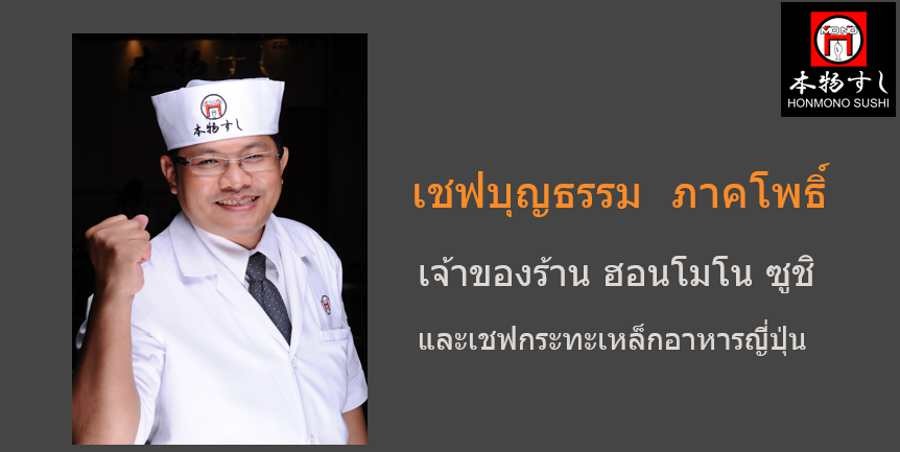
Khun Boontham began his food career as a chef at a famous hotel. Long experience brought him the idea of running a trading business as a limited partnership, which soon yielded revenues higher than his previous salary. Then, he decided to quit his chef position to dedicate himself to his new business. However, some regular clients complained because they missed his food, so he decided to establish the Honmono Sushi restaurant in partnership with his friends. The restaurant has eight locations as of now.
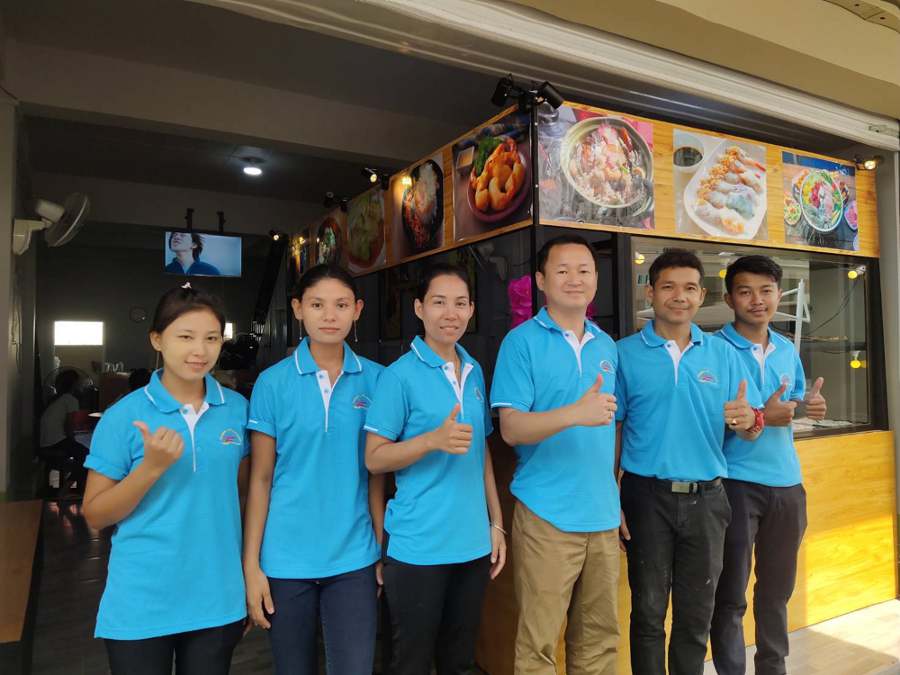
Khun Chonlawit saw a business opportunity during the pandemic. He noticed that running a restaurant nowadays doesn’t require a shopfront or a good location. If you are equipped with a cloud kitchen and use online marketing strategies, it can work and lead to success. Previously, Khun Chonlawit had a marketing business in Myanmar and opened a Thai restaurant there. Due to the pandemic, he decided to close the restaurant and returned to Thailand. Being an active person and seeing an opportunity in the fact that no restaurant offered deep-fried seabass with fish sauce glaze on their delivery menu, he decided to open Kapong (seabass in Thai) to be the first to offer the popular dish through delivery. After gaining popularity, other seabass dishes were added to the menu. He saw an opportunity amid the crisis with clear branding through online marketing – a restaurant focusing on seabass dishes only. As a result, customers remember and recognize the restaurant, which has quickly gained popularity.

How to boost orders for food delivery sales
Khun Boontham said that during the first wave of COVID-19 his food delivery experience was zero, but he tried to compete by registering with every food delivery platform available. But the response was not as good as he expected. So, he adjusted his strategy to opt for Facebook marketing. He highlighted the restaurant’s strength in sourcing premium ingredients through live sales sessions offering ingredient bidding starting from 100 baht to attract customers. Through such live sessions, he talks with customers and gains insights to weather the crisis with a higher number of orders.
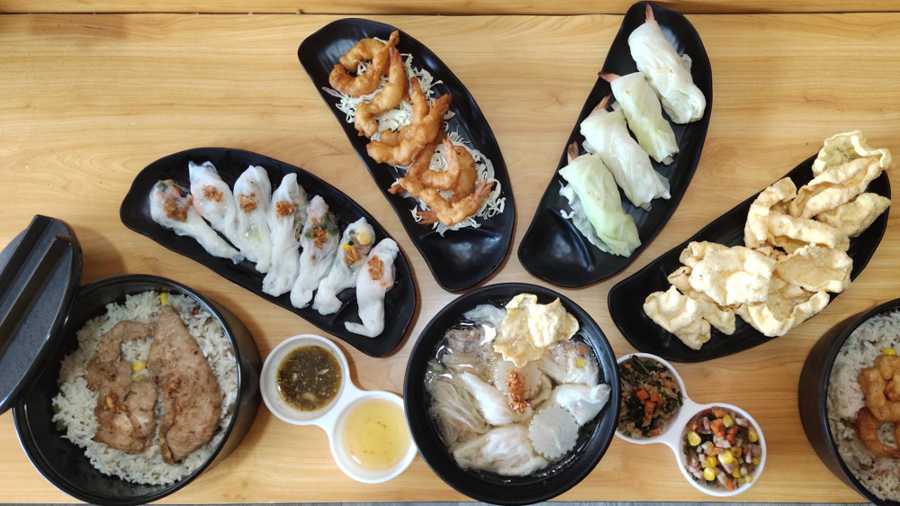
Khun Chonlawit opened his restaurant during the crisis with a different strategy: no shopfront, just a cloud kitchen, and online marketing. His Kapong restaurant offers dishes at affordable prices and with quality ingredients. His branding strategy is to focus on seabass as the selling point and create a variety of dishes and flavors with interesting dish names to offer a fun dining experience. The restaurant has its own team of riders to reduce issues with food looking less appetizing than when dining-in, and for more control over delivery costs. Kapong is also available on the Robinhood food delivery platform, thanks to its no gross profit (GP) fees, enabling wider customer reach.
Strategies to weather the COVID crisis
Khun Boontham noted that while shopping malls have been closed during the pandemic, their costs remain the same, even with delivery as an option. So, only the Thong Lor Honmono Sushi branch remains open. The menu has been adjusted to better suit food delivery and some kitchen staff has been re-assigned to deliver food. At first, customers were responsible for delivery fees and sales figures were stagnant. Then he tried a free delivery promotion for the first five kilometers. This hurts the business badly because his food prices were already cheap. Next, he tried readjusting with free delivery within 30 kilometers strategy for a minimum order of 1,000 baht. This was a game-changer. It’s a win-win for both the restaurant and customers. This is an example of learning by doing, adjusting a strategy to suit the current situation for successful online sales.
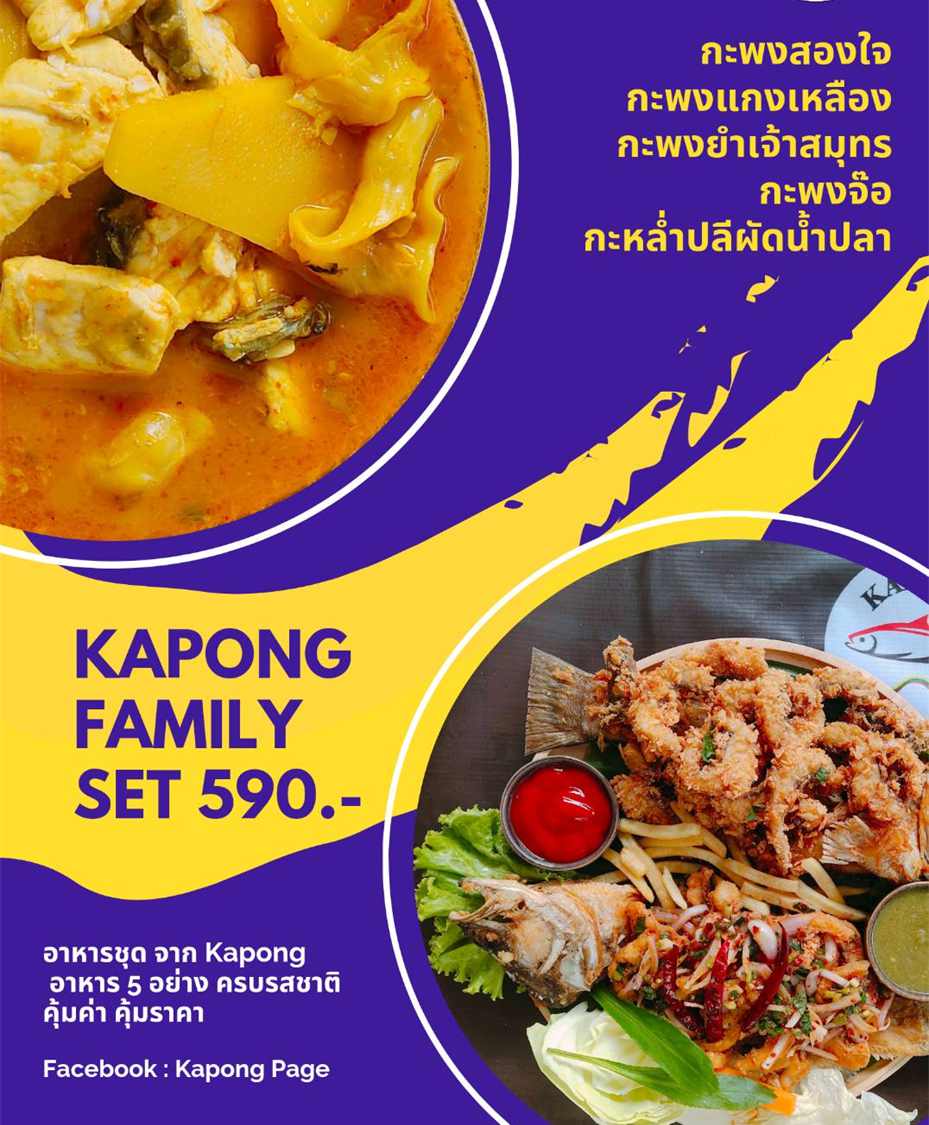
Khun Chonlawit started his business during the early phase of the crisis. He was aware of potential issues and sought preventive solutions to weather the previous waves unscathed. However, the recent wave has entailed impacts. Now he employs a team of riders instead of using his personal car for food delivery. Having his own riders allows him to calculate appropriate delivery fees and better control costs. He also develops attractive promotions to boost sales figures, such as a set menu for 599 baht and delivery fee discounts, so customers can make easier purchasing decisions.
Difference between selling online and offline
In Khun Chonlawit’s opinion, online channels help save costs involved in rental, decorations, restaurant supplies, and much more. But you need to focus more on social media marketing such as Facebook. The look of your Facebook page is very important. To attract followers and motivate orders it needs to be eye-catching and outstanding, with interesting photos and stories.
Khun Boontham thinks that it’s easier to reach customers via offline channels because you need to make double or triple the effort for online channels to boost recognition among customers. Your Facebook page always needs to be up-to-date. A LINE Official Account is equally important for Honmono Sushi because it is their only channel for food orders. Khun Boontham said that while Facebook is like the restaurant’s window that needs to look attractive and stay active all the time, LINE is like the backbone used to close deals. This is because despite having hundreds of thousand of Facebook followers, reach is very low if you don’t buy ads. On the other hand, your news and promotions can easily reach tens of thousands of LINE followers. That’s why his restaurant accepts orders via LINE only. Just 10% of sales via LINE can help boost sales figures. So, his restaurant focuses on the LINE app as the key channel. A tip to motivate people to add a restaurant as their LINE friend is to offer promotions at cheap prices. When they are interested, they need to add you as a LINE friend to order food.
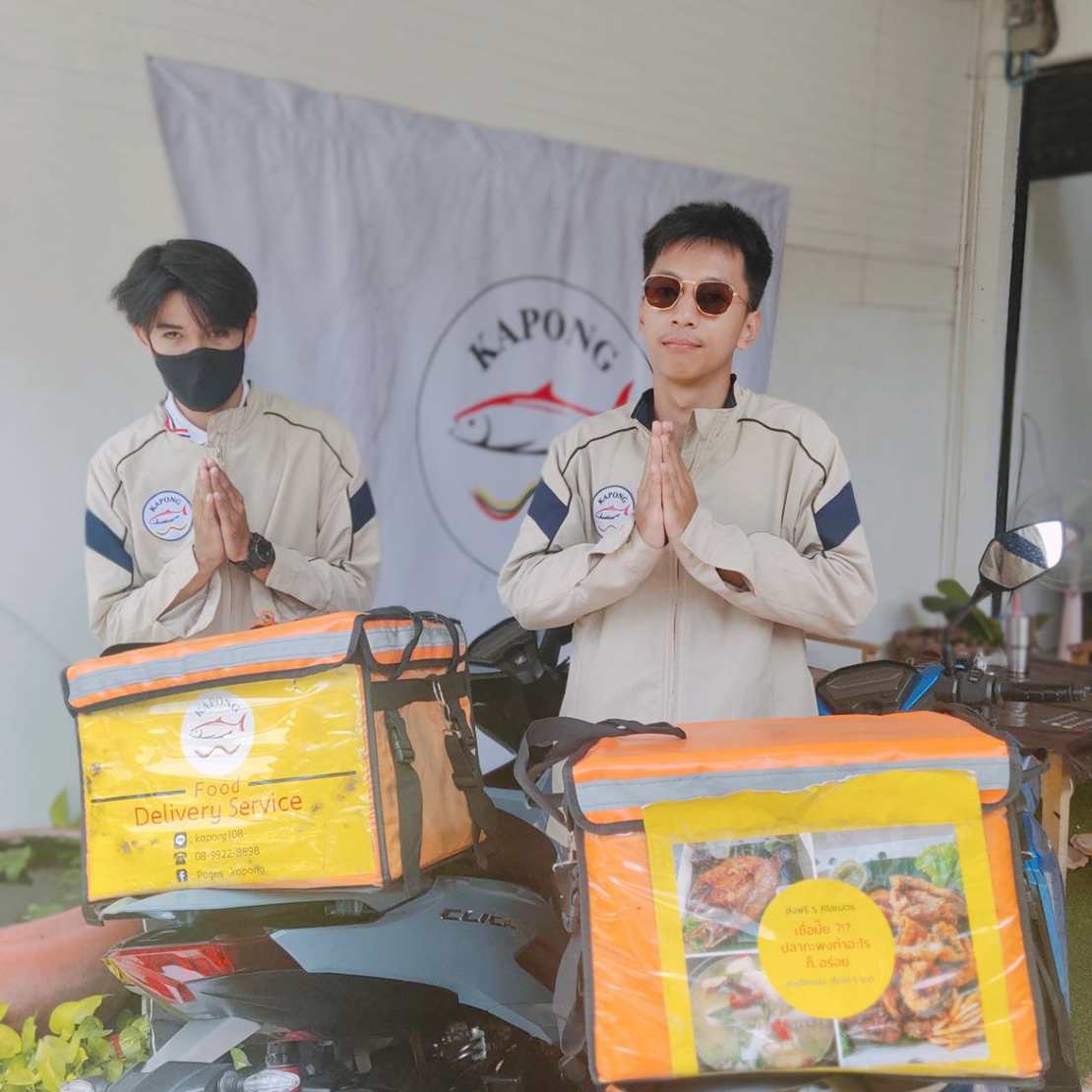
Strategies to effectively attract online customers
Khun Chonlawit said that his restaurant’s focus is seabass dishes, and the main customer group is those in their 50’s who are not that familiar with the technology. Therefore, he offers channels for placing orders via phone calls, a traditional method, and social media including Facebook’s Messenger inbox and LINE chats. He emphasizes customer satisfaction and word-of-mouth marketing. As for problem-solving, a good example is that in cases of wrong dish delivery or a missing item, the restaurant will have a rider deliver it immediately to maintain customer satisfaction as a priority before thinking of profitability.
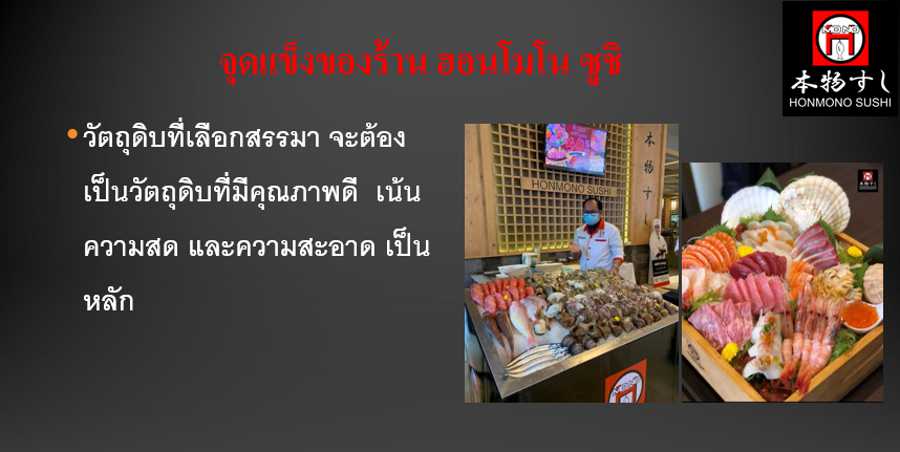
Khun Boontham pays attention to his customers’ requirements and preferences, always trying to meet their requirements if possible. If someone comments “not bad” about a dish he prepared, a new dish will replace it immediately because every dish from his restaurant must be the very best.
Long-term strategies to cope with COVID-19 challenges
While the end of the COVID-19 pandemic is still uncertain, Khun Boontham recommends restaurants have their own platform to directly handle customers and orders and to cope with potential risks. Restaurant operators should find new ideas to boost sales, such as offering frozen or ready-to-eat meals.
As for Khun Chonlawit, his long-term plan is to have more locations and franchising with no shopfronts, using only a cloud or home kitchen and the same online shopfront system as the parent company. He is hopeful that this type of business model will help cope with the crisis in the long run. He would like to cheer up industry peers and encourage them not to give up. ‘Do what you love, and you will be successful.’
The hands-on experience of these real online F&B market players shows that you must adapt to situations, keep learning, and continue self-development to survive the crisis. Don’t be discouraged or faint-hearted. Keep finding new ideas and innovations and you will see survival opportunities.
Source: An online seminar entitled “Secret Recipes and Survival Strategies for the F&B Industry” hosted by SCB SME on August 10, 2021.
